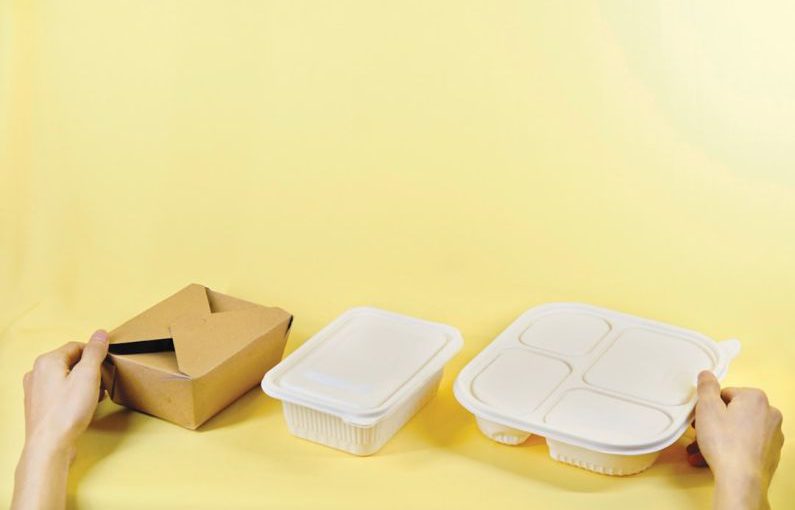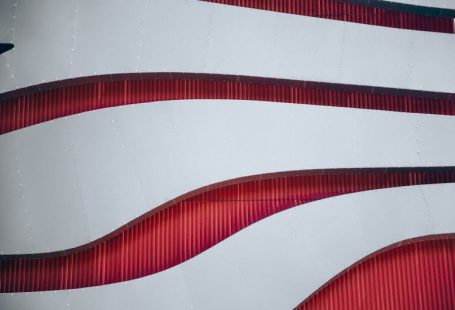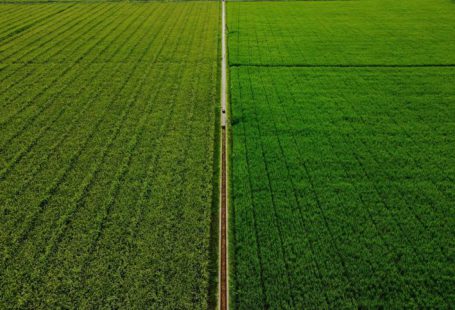The global food industry is confronted with a pressing issue – the environmental impact of packaging. With the rise of consumer awareness about sustainability and the detrimental effects of single-use plastics, there is an urgent need for innovative solutions in food packaging. Sustainable food packaging is not just a trend but a necessity in today’s world where the health of our planet is at stake.
Challenges in Conventional Packaging
Traditional food packaging, often made from plastic, poses a significant threat to the environment. Single-use plastics contribute to pollution, harm wildlife, and take centuries to decompose. Moreover, the production of plastic packaging releases harmful greenhouse gases into the atmosphere, exacerbating climate change. The linear nature of the current packaging system, where materials are used once and then discarded, is simply not sustainable in the long run.
The Shift Towards Sustainability
Fortunately, the food industry is recognizing the need for change and is increasingly shifting towards sustainable packaging solutions. Sustainable food packaging aims to minimize environmental impact throughout the entire lifecycle of the package, from sourcing materials to disposal. By adopting eco-friendly materials and innovative design concepts, companies can reduce waste, conserve resources, and lessen their carbon footprint.
Materials Innovation
One of the key aspects of sustainable food packaging is the use of alternative materials that are biodegradable, compostable, or recyclable. Materials such as paper, cardboard, bioplastics, and plant-based polymers offer viable alternatives to traditional plastics. These materials can break down naturally, reducing the burden on landfills and oceans. Additionally, advancements in technology have led to the development of bio-based packaging solutions derived from renewable resources, further reducing reliance on fossil fuels.
Design for Circular Economy
Innovative packaging design plays a crucial role in creating a circular economy where materials are continuously reused or recycled. Companies are exploring concepts such as lightweighting, minimalism, and modular packaging to optimize resource efficiency and reduce waste. Designing packaging with end-of-life considerations in mind enables easier recycling or composting, closing the loop on the packaging lifecycle.
Biodegradable and Compostable Solutions
Biodegradable and compostable packaging options are gaining traction as sustainable alternatives to traditional plastics. These materials are designed to break down naturally, either in industrial composting facilities or home compost bins, without leaving harmful residues behind. By embracing biodegradable and compostable solutions, the food industry can significantly reduce its environmental impact and contribute to a healthier planet.
Collaborative Initiatives and Partnerships
Collaboration across the food industry value chain is essential for driving innovation in sustainable food packaging. By partnering with suppliers, packaging manufacturers, retailers, and consumers, companies can work together to develop and implement sustainable packaging solutions. Collaborative initiatives enable knowledge sharing, resource pooling, and the scaling up of sustainable practices across the industry.
Consumer Education and Engagement
Consumer awareness and demand play a pivotal role in shaping the future of sustainable food packaging. Educating consumers about the environmental impact of packaging choices and empowering them to make informed decisions can drive market demand for eco-friendly options. Brands that prioritize transparency, sustainability, and recyclability in their packaging can build trust and loyalty with environmentally conscious consumers.
Embracing a Sustainable Future
Sustainable food packaging represents a pathway towards innovation in the food industry, where environmental stewardship and resource efficiency are paramount. By adopting eco-friendly materials, design principles, and collaborative approaches, companies can lead the way towards a more sustainable future. As the demand for sustainable packaging continues to grow, the industry must embrace change and prioritize the planet’s well-being for generations to come.





